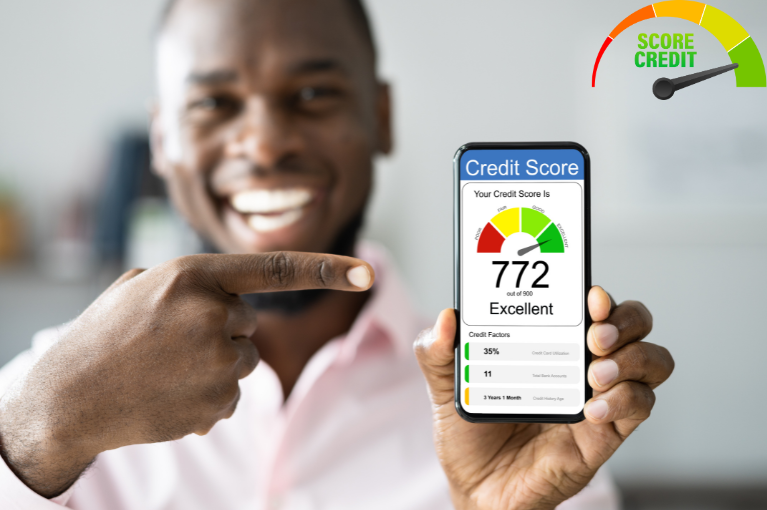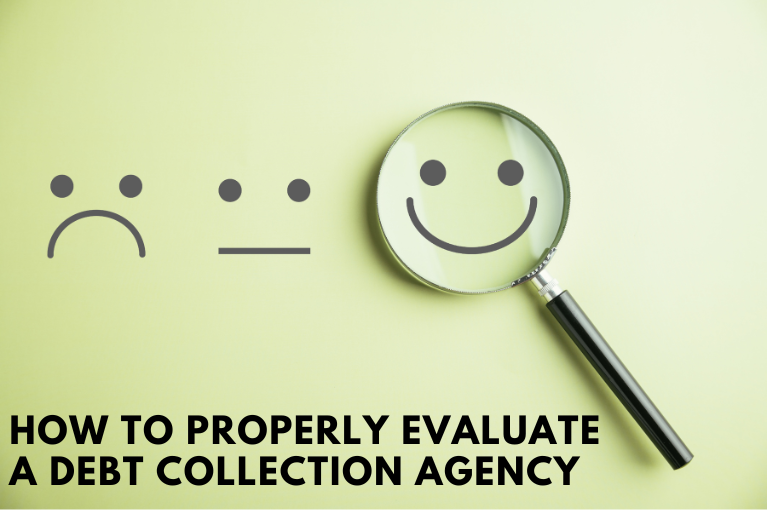No matter how well you run your business, inevitably you’ll encounter some deadbeat customers who don’t pay their bills. This is most likely to occur when your business sells its products or services to customers on account, as opposed to cash or credit card transactions. Typically, an accounts receivable (A/R) entry that is delinquent for more than 90 days is considered a bad debt.
Percentage of Bad Debt
The standard way to quantify the size of your company’s bad debt problem is to calculate the percentage of bad debt:
Percentage of bad debt = (Bad debt/Accounts receivable) x 100
For example, if your A/R balance is $100,000 and you have $3,000 in bad debt, your percentage of bad debt is ($3,000/$100,000) x 100, or 3 percent.
The percentage of bad debt is important to track over time in order to see whether it is trending higher, suggesting you have a growing problem. This can occur because of a downturn in the economy, or perhaps because your credit screening is lax and needs to be tightened up.
Accounting for Bad Debts
There are two basic methods to account for bad debts:
- Direct method: You simply take the loss when you declare a debt as bad. This reduces your A/R balance and your net profit.
- Allowance method: You can estimate in advance how much debt you’ll have to write off in the next period, take the loss ahead of time, and then adjust A/R whenever a debt actually goes bad.
Disposition of Bad Debts
When a debt goes bad, you have a couple of alternative courses of action available to you. The most expensive option is to simply write down the bad debt as a complete loss, using either of the two recognized accounting methods. However, a better solution is to use a debt collection agency to recover some or all of the money owed you. You can hold onto the debt and have the collection agency pursue collection. Whatever is collected is split between you and the agency according to the terms of your agreement.
Alternatively, you can send your bad debt to a collection agency on a contingency arrangement. With a contingency arrangement, the debt collection agency is highly motivated to collect as much of the debt as possible, because the more it collects, the more it earns. In other words, your business and the collection agency have aligned goals. If you choose a collection agency that offers contingency pricing, you won’t be charged if the agency doesn’t collect, so you have nothing to lose.
Take Action!
It is best to evaluate the different service options offered by a collection agency to see which one makes the most sense for your particular situation and tolerance for risk. But it’s always better to try and collect on your bad debts rather than just take the full loss, because debt collection services more than pay for themselves, and that helps your bottom line. It also reduces your percentage of bad debt, which can be useful when you apply for a loan or sell some of the equity in your company to investors.
If you have a delinquent debt, contact a reputable debt collection agency right away. The sooner you get started, the faster you’ll be in a position to collect some or all of the money due you.






